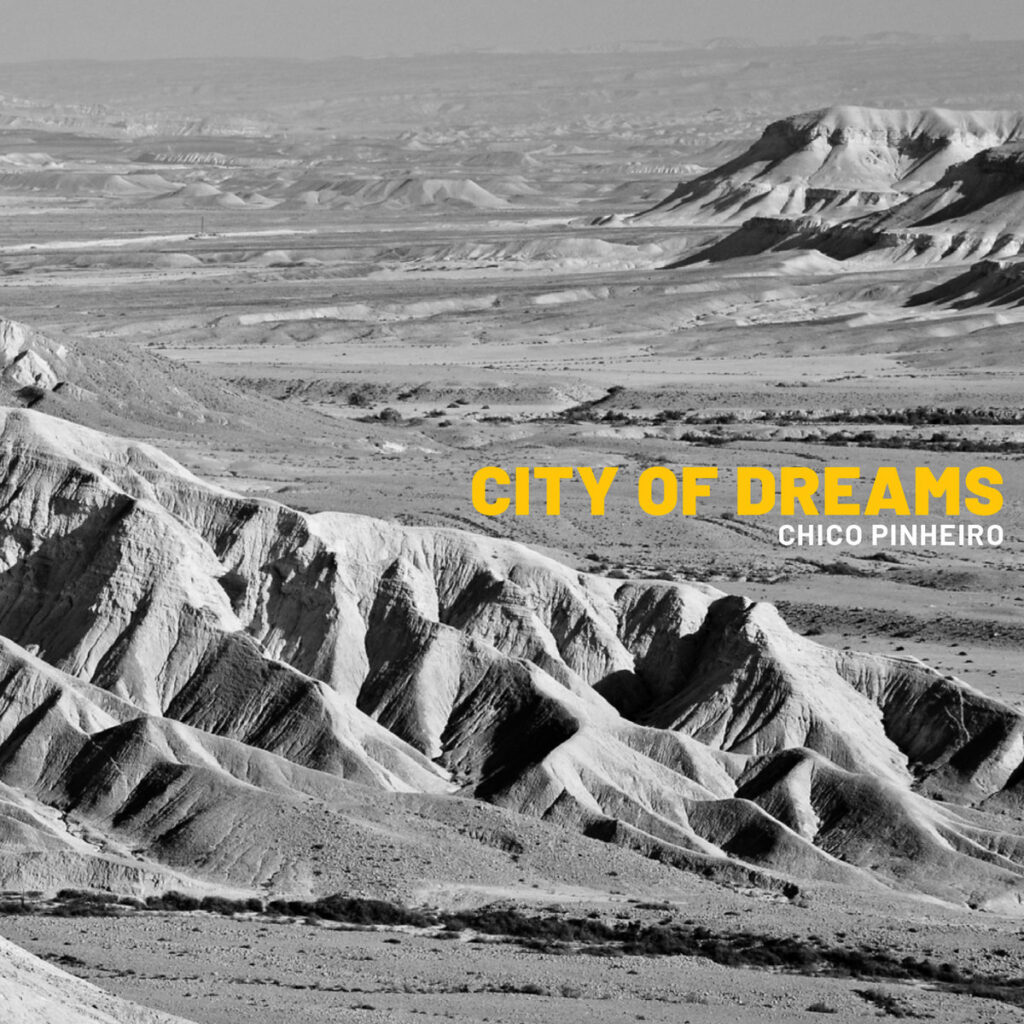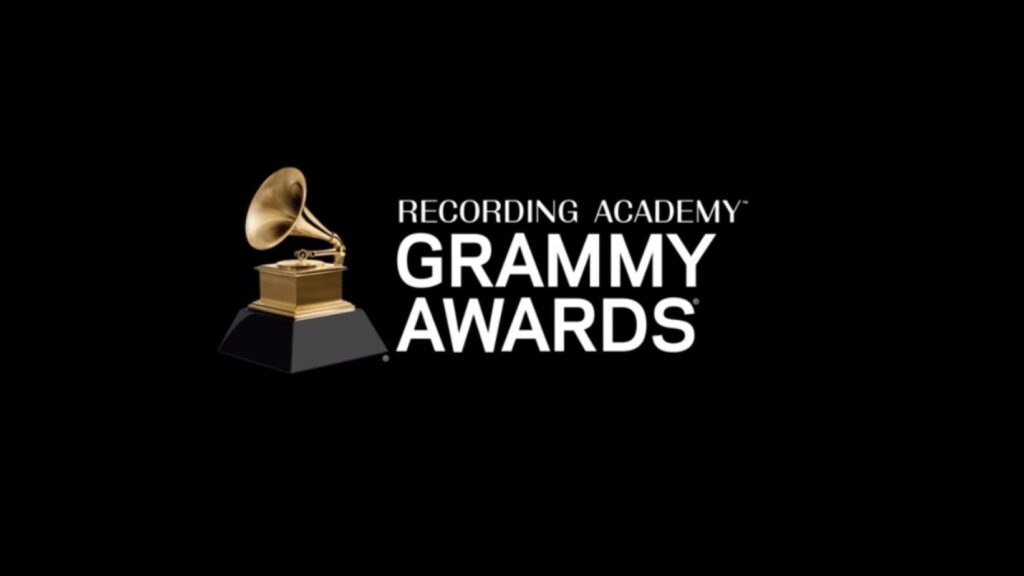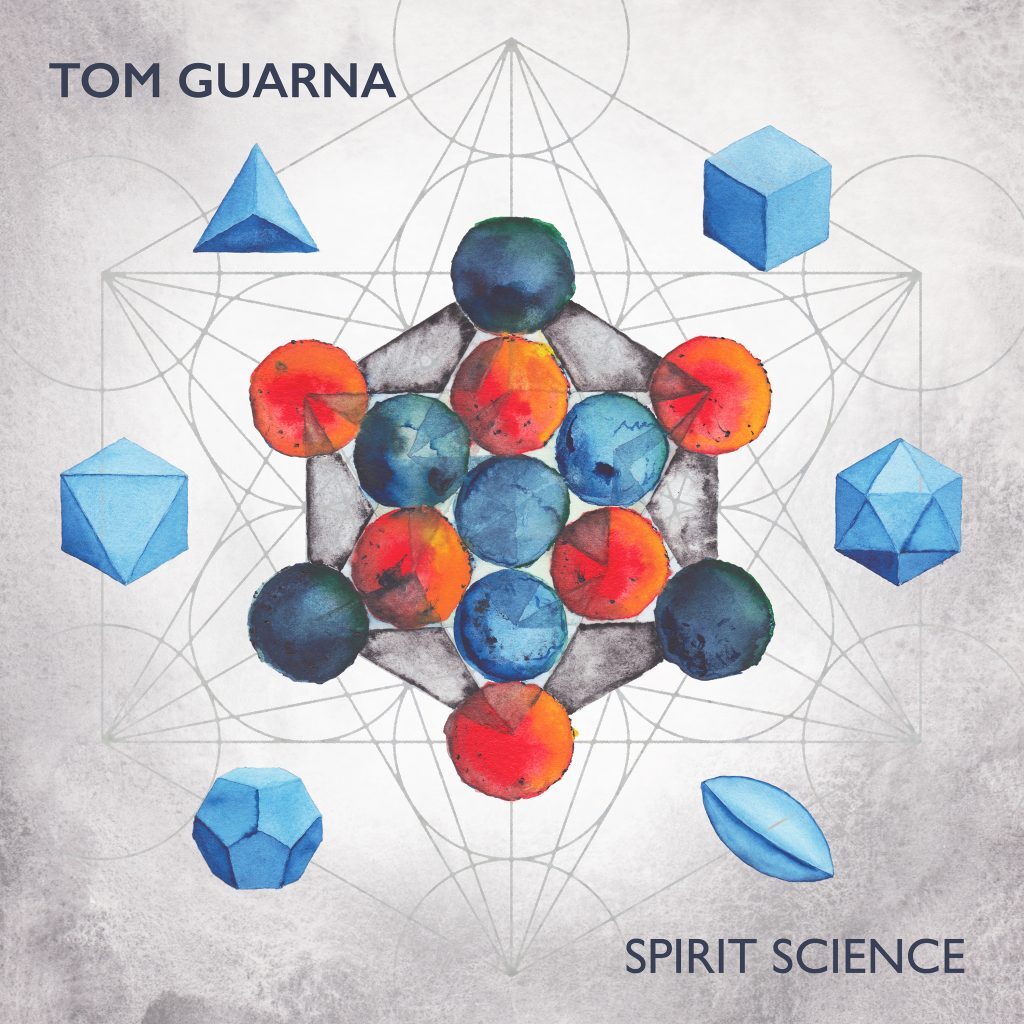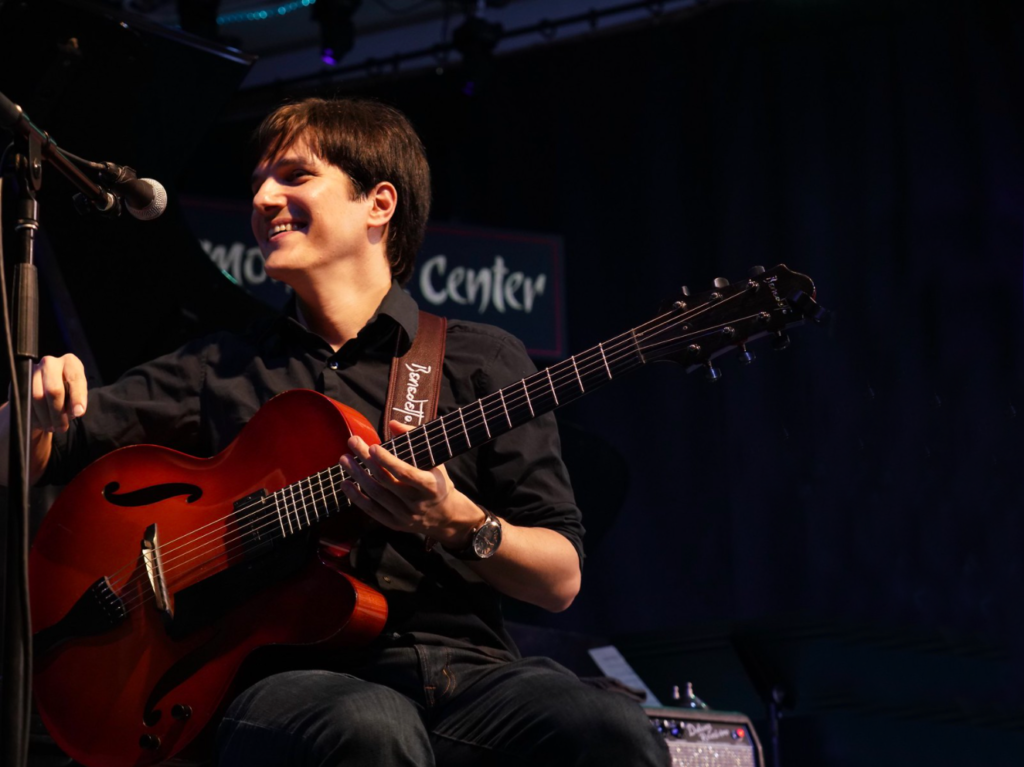Gilfema, Three (Sounderscore)
Chico Pinheiro, City of Dreams (Buriti)
35. Best Latin Jazz Album
For vocal or instrumental albums containing at least 51% playing time of newly recorded material. The intent of this category is to recognize recordings that represent the blending of jazz with Latin, Iberian-American, Brazilian, and Argentinian tango music.
- TRADICIONES
Afro-Peruvian Jazz Orchestra
- FOUR QUESTIONS
Arturo O’Farrill & The Afro Latin Jazz Orchestra
- CITY OF DREAMS
Chico Pinheiro
- VIENTO Y TIEMPO – LIVE AT BLUE NOTE TOKYO
Gonzalo Rubalcaba & Aymée Nuviola
- TRANE’S DELIGHT
Poncho Sanchez
Tom Guarna, Spirit Science (Destiny)
Review by David R. Adler
THREE
Lionel Loueke’s trio Gilfema, back for the first time since Gilfema +2 in 2008, is positively burning on Three, with bassist Massimo Biolcati, drummer Ferenc Nemeth and the leader checking in after over a decade of development as independent artists. The asymmetric rhythms are crackling and tight — irresistibly so on “Têkê,” “Happiness” and “Brio” — and the timbral nuance in Mr. Loueke’s acoustic and scorching electric tones gives the music a sense of constant flux and momentum.
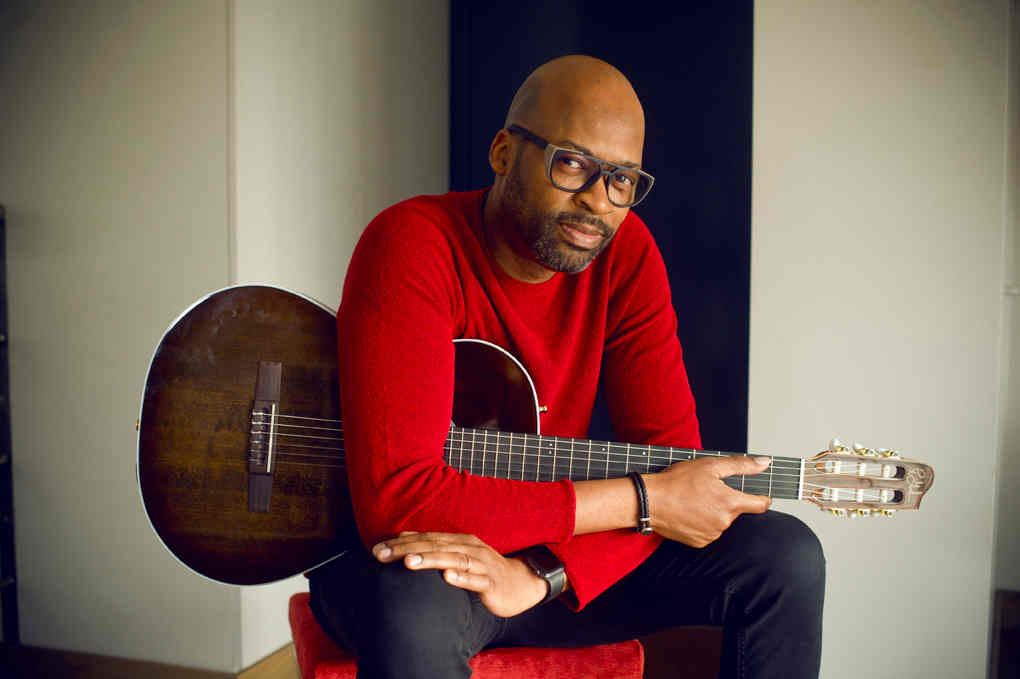
Photo courtesy LionelLoueke.com. Photography by Jean-Baptiste Millot
There are strong jazz and West African roots evident in Mr. Loueke’s funky staccato articulation and compact, highly modern chordal approach — although rock and Jimi Hendrix are also in the mix (“Little Wing” receives a stirring interpretation). With Three, Mr. Loueke not only rekindles the ensemble that birthed him as a bandleader, he also creates an essential companion to HH, his ravishing 2020 solo guitar tribute to Herbie Hancock.
CITY OF DREAMS
Chico Pinheiro’s City of Dreams finds the São Paulo native in the company of a Brazilian quartet with Tiago Costa on keyboards, Bruno Migotto on bass and Edu Ribeiro on drums. With his sparkling electric tone and vibrant mix of steel- and nylon-string acoustic textures, Mr. Pinheiro flies through these bold original pieces with an expressive warmth and prodigious flash that marks him as a master, one deserving far wider recognition. Tenor sax great Chris Potter joins on the fast and intricate “Long Story Short” and the more lyrical samba vehicle “Encantado” — illustrating Mr. Pinheiro’s stylistic range from a bristling technical modern jazz language to a more traditional Brazilian sound (“Vila Madalena” is another in the latter category). The beautifully tracked wordless vocals (also by Mr. Pinheiro) on “Estrada Real” and elsewhere serve to deepen the Brazilian vibe.
Photo courtesy of ChicoPinheiro.com.
Unlike Mr. Loueke, Mr. Pinheiro uses no outwardly noticeable effects, though Mr. Costa doubles on electric piano, and subtle synth on the closing “Up in the Air,” for another layer of modern sheen. It’s the guitar-piano blend in particular, on the pared-down intros of “Gesture” and “Theme” and even more clearly on the bright 6/8 duo piece “Farol,” that gives City of Dreams its crisp tonal clarity.
SPIRIT SCIENCE
Tom Guarna’s penchant for sonic exploration is closer to Mr. Loueke than to Mr. Pinheiro, though his warm, overdriven guitar tone is nothing like either of theirs. An in-demand sideman with credits ranging from Lenny White to Blood, Sweat & Tears, Mr. Guarna leads a heavy-hitting lineup on the all-original Spirit Science, weaving complex unison lines with tenor saxophonist Ben Wendel and prompting inspired performances from Aaron Parks on keyboards, Joe Martin on bass and Justin Faulkner (of Branford Marsalis Quartet renown) on drums.
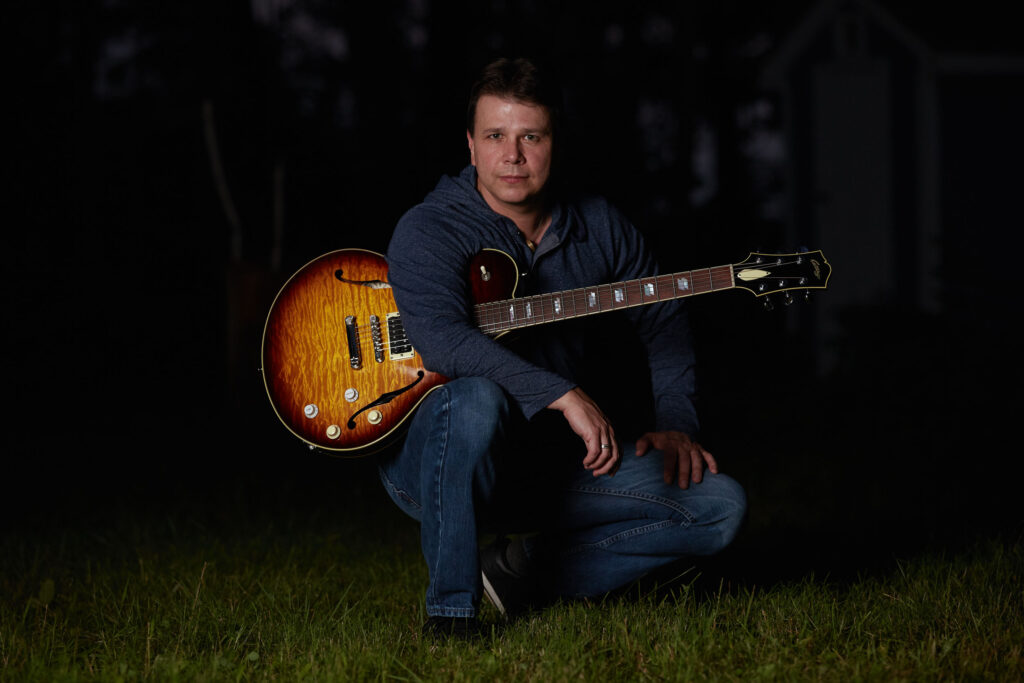
Photo courtesy of TomGuarna.com. Photography by Pete Coco
Much of the music is inspired by “sacred geometry” and the intersection of math, science and spirit, Mr. Guarna has explained. There are complex harmonic sequences and rhythms for soloists to confront on “The Trion Re,” “The Genesis Pattern,” “Two Circles” and “Metatron’s Cube” (an example of which is shown on the album cover). But the mood and tonal palette is wonderfully varied: Mr. Guarna uses otherworldly guitar synth on “Platonic Solids” and “A Reflection in a Reflection,” creating a vibrant and wildly unexpected blend with Mr. Wendel’s bassoon on the latter. Mr. Wendel lays out on the title track, a feature for Mr. Guarna’s rich steel-string acoustic coupled with Parks’ unpredictable synth tones.
On the poetic rubato piece “Source” and the mellow, grooving closer “Lullaby for Lena,” Mr. Guarna deploys his cleanest electric tone of the date, as though he’s guiding the plane down from a great height, coming in for a landing.
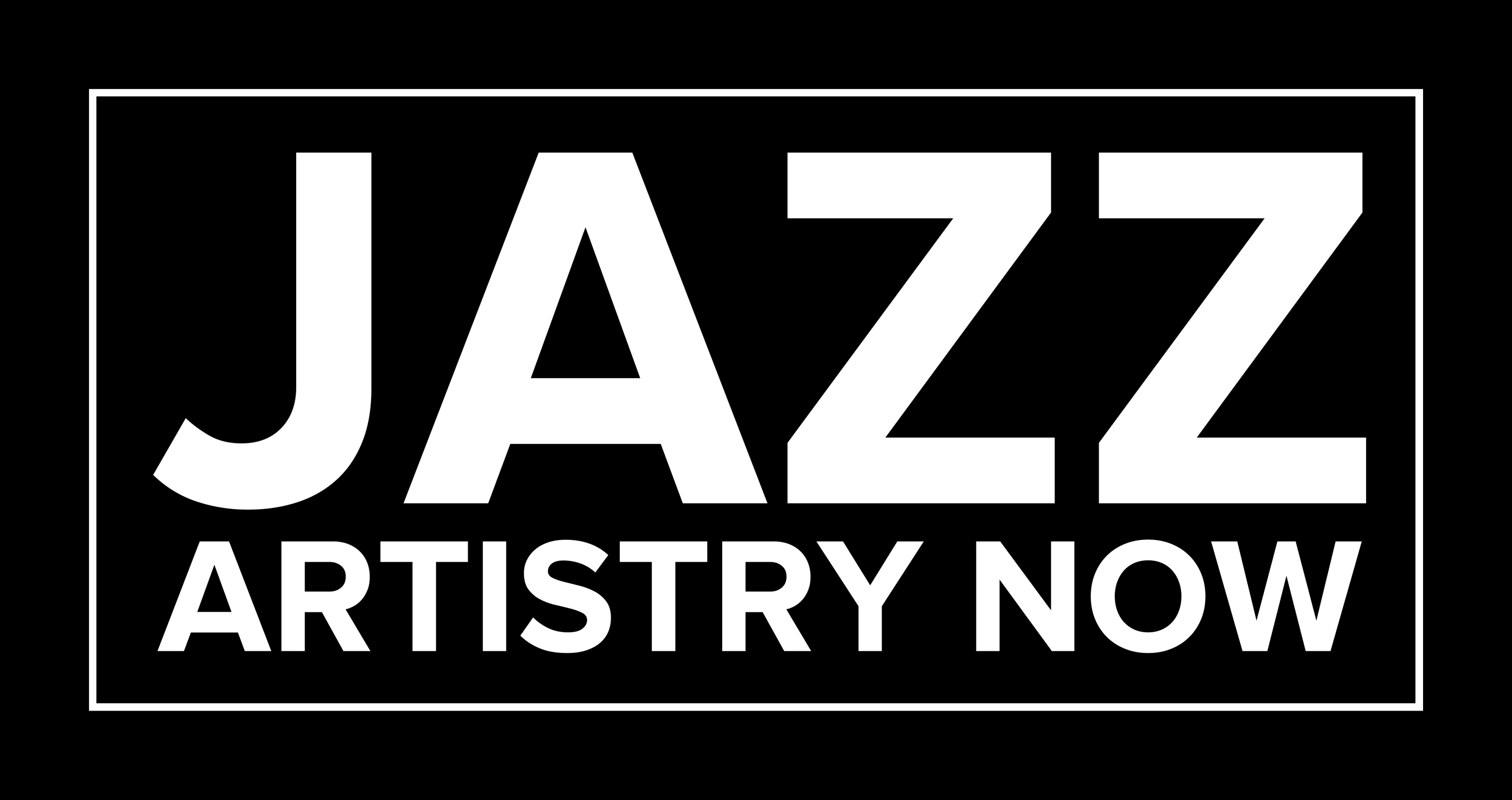
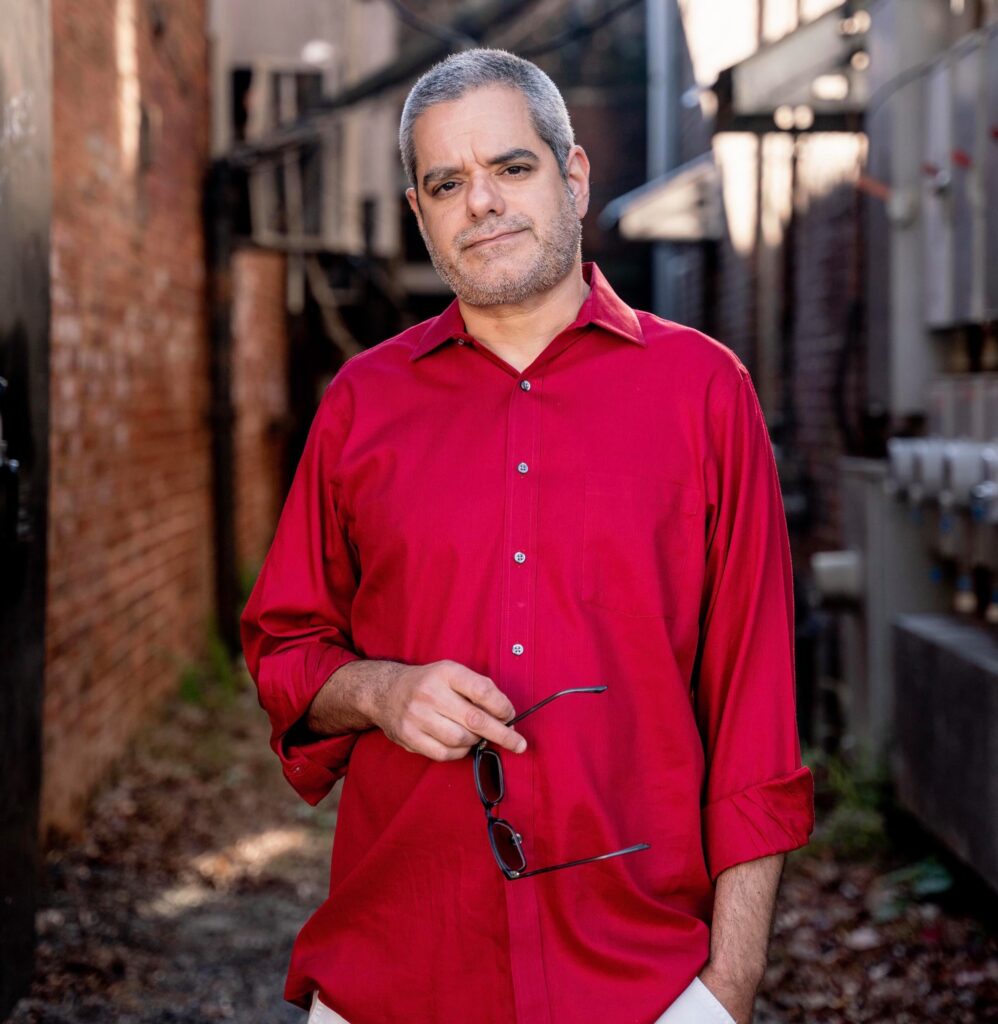
This Jazz Artistry Now PAIRED REVIEW article was written by David R. Adler. Mr. Adler’s work has appeared in JazzTimes, The Village Voice, Stereophile, The New York City Jazz Record, The Philadelphia Inquirer, Philadelphia Weekly, Down Beat, Time Out New York, City Arts, Jazziz, The New York Times, The New Republic, Slate, The Forward, The Sondheim Review, Fairmont Magazine (Canada), La Tempestad (Mexico), GEO (Germany), New Music Box, All Music Guide, Global Rhythm, Signal to Noise, Coda, Jewish Currents and more. He is happy to be a contributor to Jazz Artistry Now.


